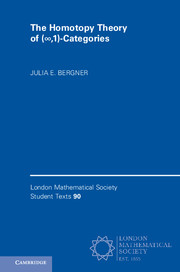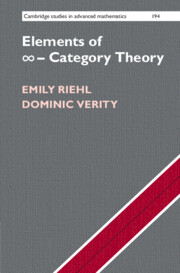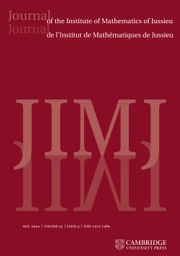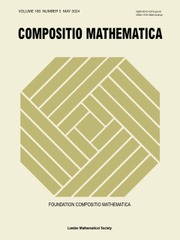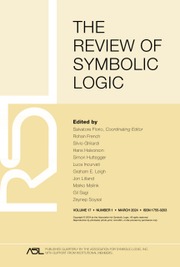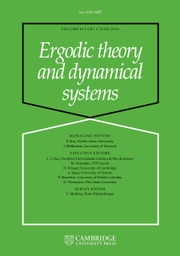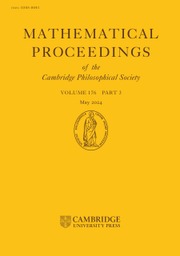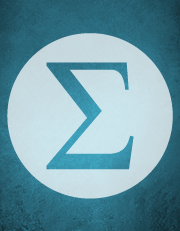
Homotopy Theory of Higher Categories
From Segal Categories to n-Categories and Beyond
Part of New Mathematical Monographs
- Author: Carlos Simpson, Centre National de la Recherche Scientifique (CNRS), Paris
- Date Published: December 2011
- availability: Available
- format: Hardback
- isbn: 9780521516952
Hardback
Other available formats:
eBook
Looking for an examination copy?
This title is not currently available for examination. However, if you are interested in the title for your course we can consider offering an examination copy. To register your interest please contact collegesales@cambridge.org providing details of the course you are teaching.
-
The study of higher categories is attracting growing interest for its many applications in topology, algebraic geometry, mathematical physics and category theory. In this highly readable book, Carlos Simpson develops a full set of homotopical algebra techniques and proposes a working theory of higher categories. Starting with a cohesive overview of the many different approaches currently used by researchers, the author proceeds with a detailed exposition of one of the most widely used techniques: the construction of a Cartesian Quillen model structure for higher categories. The fully iterative construction applies to enrichment over any Cartesian model category, and yields model categories for weakly associative n-categories and Segal n-categories. A corollary is the construction of higher functor categories which fit together to form the (n+1)-category of n-categories. The approach uses Tamsamani's definition based on Segal's ideas, iterated as in Pelissier's thesis using modern techniques due to Barwick, Bergner, Lurie and others.
Read more- Proposes a working theory of higher categories
- Focuses on one specific approach based closely on the work of Graeme Segal
- Useful reference to the different approaches adopted by researchers
Customer reviews
Not yet reviewed
Be the first to review
Review was not posted due to profanity
×Product details
- Date Published: December 2011
- format: Hardback
- isbn: 9780521516952
- length: 652 pages
- dimensions: 235 x 158 x 38 mm
- weight: 1.05kg
- contains: 35 b/w illus.
- availability: Available
Table of Contents
Prologue
Acknowledgements
Part I. Higher Categories:
1. History and motivation
2. Strict n-categories
3. Fundamental elements of n-categories
4. The need for weak composition
5. Simplicial approaches
6. Operadic approaches
7. Weak enrichment over a Cartesian model category: an introduction
Part II. Categorical Preliminaries:
8. Some category theory
9. Model categories
10. Cartesian model categories
11. Direct left Bousfield localization
Part III. Generators and Relations:
12. Precategories
13. Algebraic theories in model categories
14. Weak equivalences
15. Cofibrations
16. Calculus of generators and relations
17. Generators and relations for Segal categories
Part IV. The Model Structure:
18. Sequentially free precategories
19. Products
20. Intervals
21. The model category of M-enriched precategories
22. Iterated higher categories
Part V. Higher Category Theory:
23. Higher categorical techniques
24. Limits of weak enriched categories
25. Stabilization
Epilogue
References
Index.
Sorry, this resource is locked
Please register or sign in to request access. If you are having problems accessing these resources please email lecturers@cambridge.org
Register Sign in» Proceed
You are now leaving the Cambridge University Press website. Your eBook purchase and download will be completed by our partner www.ebooks.com. Please see the permission section of the www.ebooks.com catalogue page for details of the print & copy limits on our eBooks.
Continue ×Are you sure you want to delete your account?
This cannot be undone.
Thank you for your feedback which will help us improve our service.
If you requested a response, we will make sure to get back to you shortly.
×
